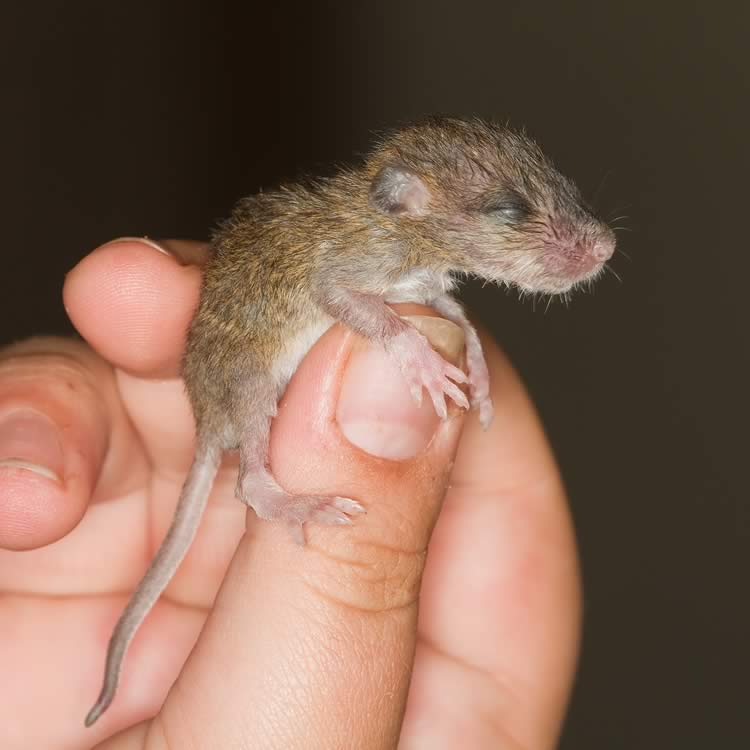Water rat

Community type
Habitat type
The water rat is a native species to Australia and is widespread and common across most of the country. They occur in a range of aquatic habitats from subalpine streams to coastal beaches. Water rats are nocturnal, and are very shy, ducking for cover before you get a chance to see them. More often their presence is determined by the distinctive footprints they leave in the mud – their large hind feet are partly webbed.
Water rats often bring their food to a regular feeding platform to eat, and leave behind a pile or midden of inedible animal parts. They mainly feed along the edge of the water and in adjacent vegetation, but can dive underwater to catch prey. Major foods are aquatic invertebrates, frogs and fish, but they also eat small birds.
Water rats are highly adapted to aquatic life and very good swimmers. Their fur is very dense and shiny to repel water, their ears are set high on the head, and their long robust tail is used as a rudder. Water rats are much larger than other rats, and differ as their tail is furry and has a white tip.
